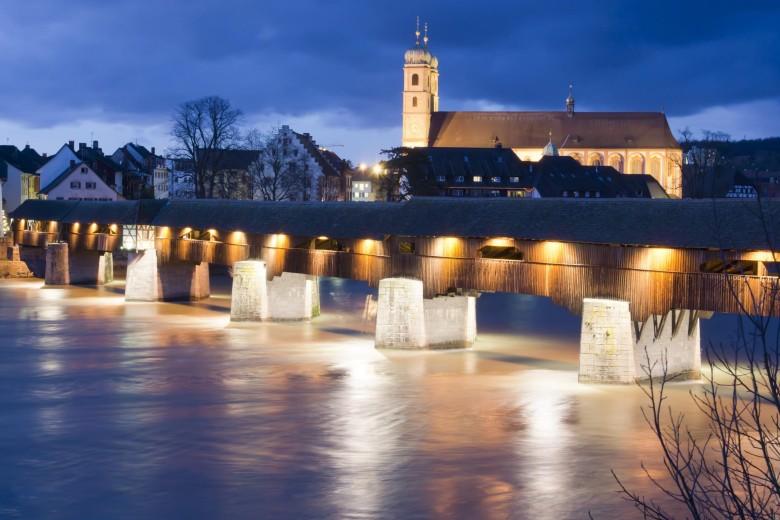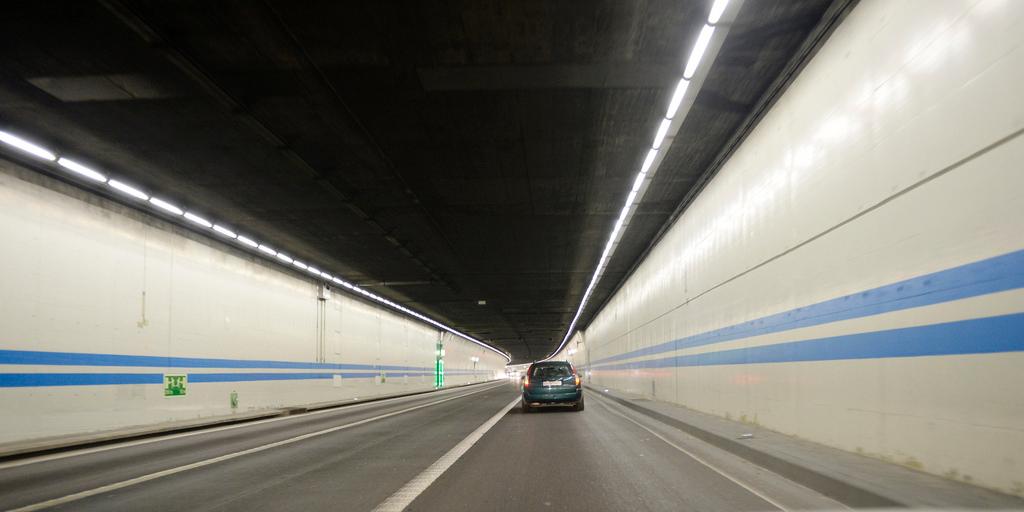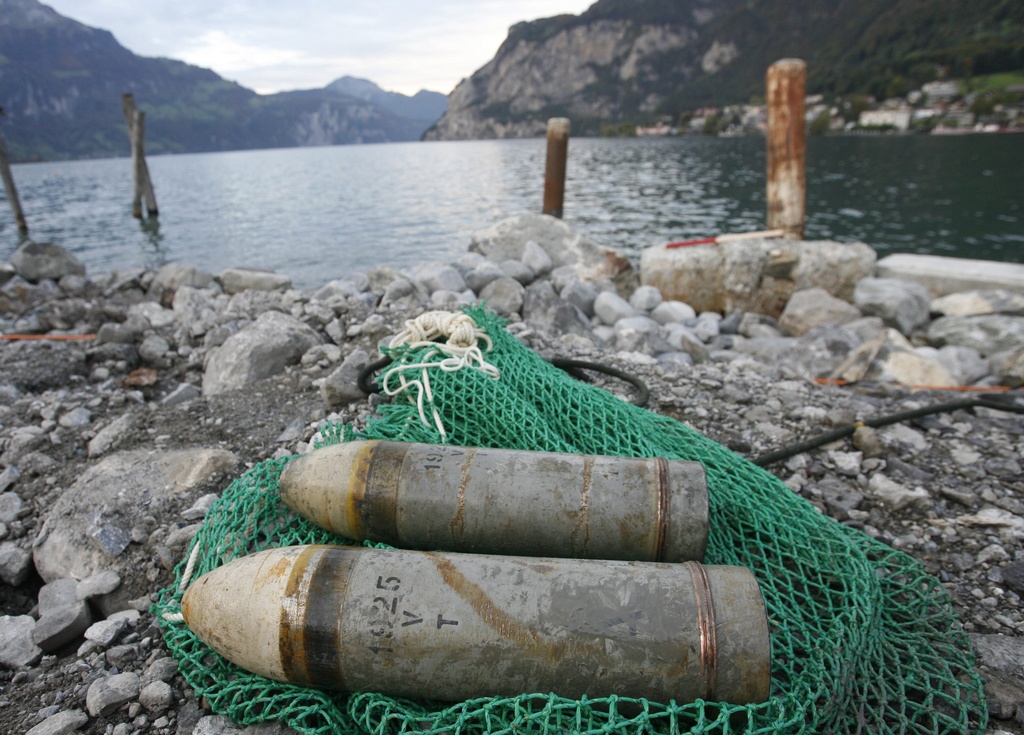Switzerland to dismantle Cold War defences

With its cobbled streets and ornate houses, there is not much of the front line about Bad Säckingen. But until recently, that is exactly how Swiss military planners conceived the picturesque town on the banks of the river Rhine.
Like numerous other crossings between Switzerland and Germany, the bridge linking Bad Säckingen on the German side with Stein in Switzerland was fitted with explosives so that it could be detonated in the event of an attack.
The incendiary devices were part of a defensive system built to protect Switzerland during the Cold War. It is only now, 25 years after the collapse of communism in eastern Europe, that the last vestiges of that system are being dismantled.
Scheduled to be completed by year-end, by a quirk of fate the conclusion of the process comes just as east-west relations are at their lowest ebb since the fall of the Berlin Wall.

More
Financial Times
External linkSwitzerland installed the explosives at strategic locations along its borders and key transport routes as early as the 19th century, and did so on a larger scale during the Second World War.
But it was only in 1975, with the introduction of what was known as the Permanent Explosive Deployment 75 programme, that it took a more systematic approach to where it planted the hidden charges.
At its peak, the Swiss defensive network involved roughly 2,000 separate structures fitted with explosives. These ranged from bridges to tunnels, such as the famous Gotthard Tunnel through the Alps, to roads and airstrips.
The idea was that the explosive-laden structures would deter aggressors considering an invasion. Failing that, the series of defensive lines would slow down and use up the resources of the invaders to give the Swiss time to prepare their defences.
Although the existence of the explosive network was publicly known, the fact that so many structures were armed until so recently – some Rhine bridges were disarmed only in October – has taken some people aback, particularly on the German side of the border.
“I had absolutely no idea, it was a complete surprise,” says one cyclist making the short journey over the bridge that links Bad Säckingen to Stein.
Even Michael Rohrer, head of the town building authority in Bad Säckingen, says he was unaware of the explosive potential of his town’s river crossing. “I assume the explosives must have been in there for a while,” he says.
The decision to wind back the system was taken after the end of the cold war.
According to Christoph Brunner, a Swiss army spokesman, the reason that it has taken until now to complete was the size and complexity of the task.
“It is a very laborious process. You have to consider that it affects several hundred objects,” he says. “[But it] will be finished by the end of this year.”
The presence of so much ordnance across Switzerland has raised questions of safety. In 2001, a collision between two lorries sparked a huge fire in the Gotthard Tunnel, not far from where explosives had been installed, according to press reports from the time.
Mr Brunner insists there was never any danger of an explosion in connection with the Gotthard fire. He says it was not safety concerns that led to the decision to remove the explosives, but the changing nature of the threats facing Switzerland.
Technological advances mean that mobile defensive resources can now be just as effective as their static predecessors – and maintenance costs are lower.
“It is to do with how the small, neutral state of Switzerland wants to defend herself and protect her independent sovereignty,” Mr Brunner says.
Some, particularly those who used to serve in the military, regret the decision, arguing that it would have been better to leave enough of the defences in place so that the positions could be built up again if necessary.
On the sleepy streets of Bad Säckingen, however, most people seem to think that the removal of the ordinance was the right move.
“It is a good idea,” says one local. “There are lots of Germans in Switzerland, and the Swiss come here to shop. Switzerland is neutral, and Germany and Switzerland get on well. The border is open.”
Copyright: Financial Times Ltd

In compliance with the JTI standards
More: SWI swissinfo.ch certified by the Journalism Trust Initiative










You can find an overview of ongoing debates with our journalists here . Please join us!
If you want to start a conversation about a topic raised in this article or want to report factual errors, email us at english@swissinfo.ch.